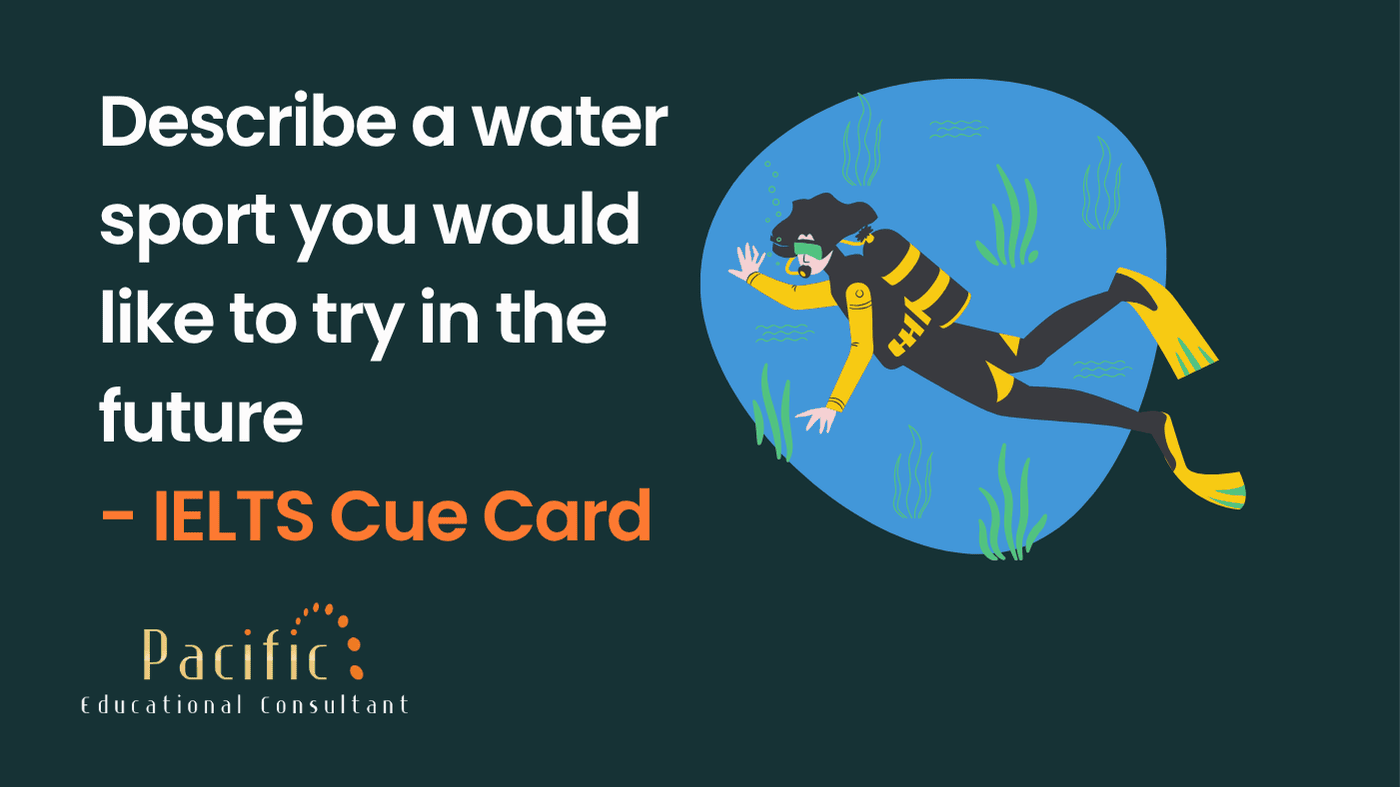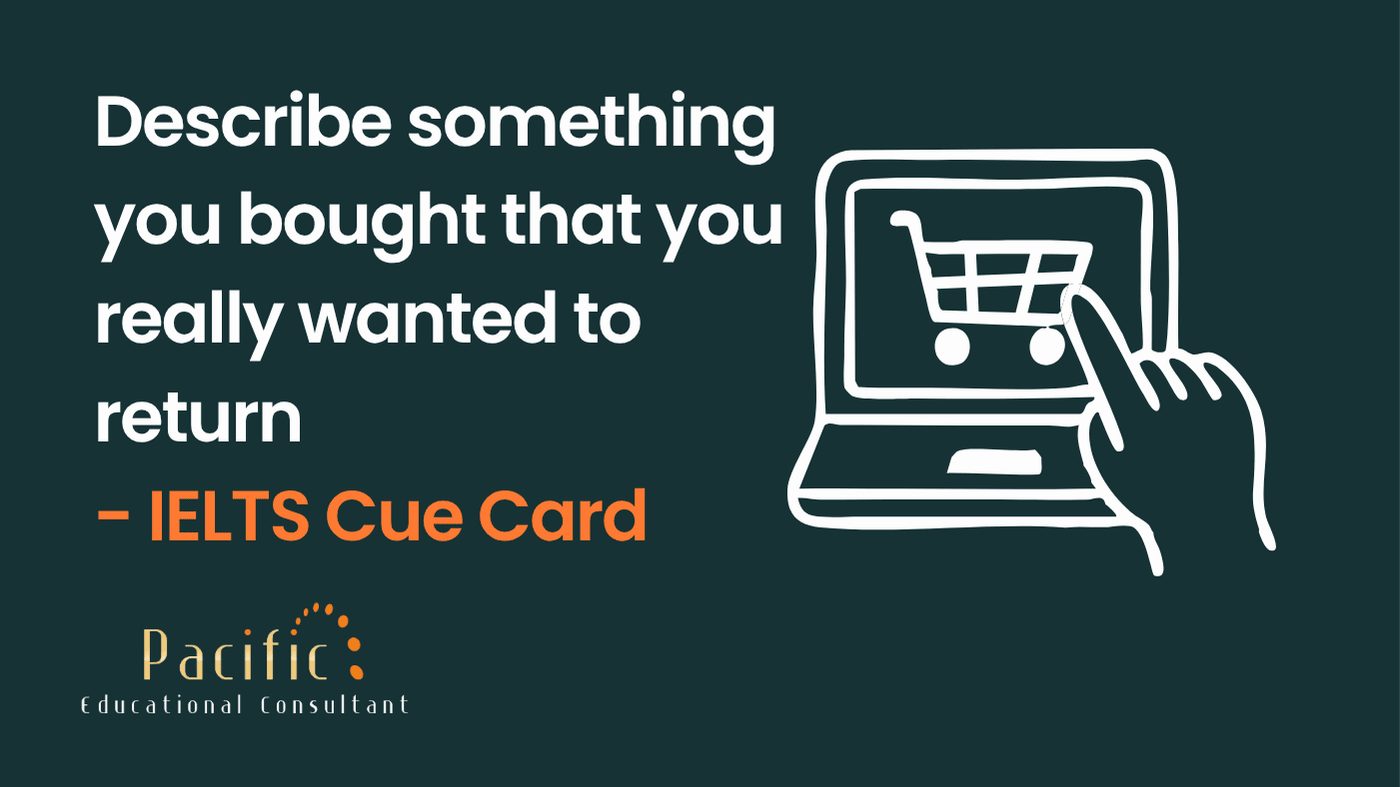


Logos are everywhere—from giant billboards to tiny app icons. But have you ever wondered what "LOGO" actually stands for? Surprisingly, LOGO is not just a catchy term; it has a full form.
LOGO stands for "Language of Graphics Oriented." It originated as a programming language designed for graphical applications, particularly in education. However, over time, the term "logo" has become synonymous with brand symbols representing companies, products, or services.
In this article, we’ll explore the history of logos, different types, their uses, and the best website sizes.
The concept of a logo dates back to ancient times when civilizations used symbols to mark ownership, convey messages, and establish identity. Visual identifiers have played a crucial role in communication from royal crests in medieval Europe to seals in ancient China.
Fast forward to the modern era, logos became an integral part of branding. The first modern corporate logo is often attributed to Bass Brewery, which used a simple red triangle in the late 19th century.
Today, a logo is more than just a visual mark; it's a brand's first impression, a storytelling tool, and a recognition symbol.
Not all logos look the same. Based on design elements, they are categorized into seven main types:
Each type has its own strengths, depending on the brand’s identity and goals.
A well-crafted logo serves multiple purposes:
A logo isn’t just about aesthetics; it’s a strategic tool to establish a lasting brand identity.
A brand logo isn't limited to business cards and websites. Here are some common places where logos are used:
Using your logo across multiple touchpoints ensures brand consistency and recognition.
Using the correct logo size ensures clarity and professionalism on your website. Here’s a quick guide:
Choosing the right logo size ensures a professional and polished online presence.
A logo is much more than just a design; it’s the face of your brand. While the original meaning of LOGO stands for "Language of Graphics Oriented," today, it symbolizes brand identity and visual storytelling. Each type serves a unique purpose, from simple wordmarks to complex emblem logos.
By using your logo strategically across different platforms and ensuring the right size for websites, you can strengthen brand recognition and credibility.
Do you have a logo for your brand? If not, it's time to create one!

Describe a water sport you would like to try in the future - IELTS Cue Card

Describe a plan that you had to change recently - IELTS Cue Card

CBSE Class 10 & 12 Date Sheet 2026: Complete Timetable & Study Planner

Describe a sport that you really like - IELTS Cue Card

Describe a person who helps to protect the environment - IELTS Cue Card

Describe a live performance you enjoyed watching - IELTS Cue Card

Describe a place with a lot of trees that you would like to visit (e.g. a forest, oasis) - IELTS Cue Card

Describe a kind of foreign food you like and you have had - IELTS Cue Card

Bonafide Certificate: Sample, Meaning, Application Letter & Format

Describe something you bought that you really wanted to return - IELTS Cue Card